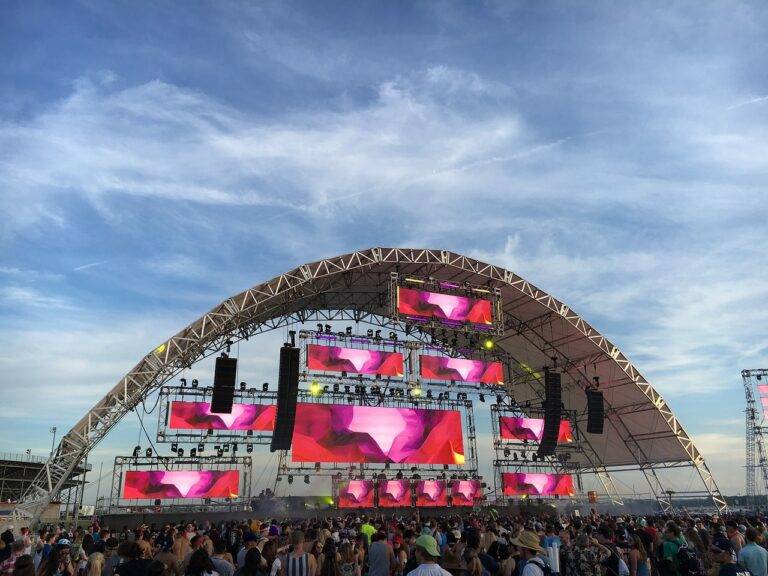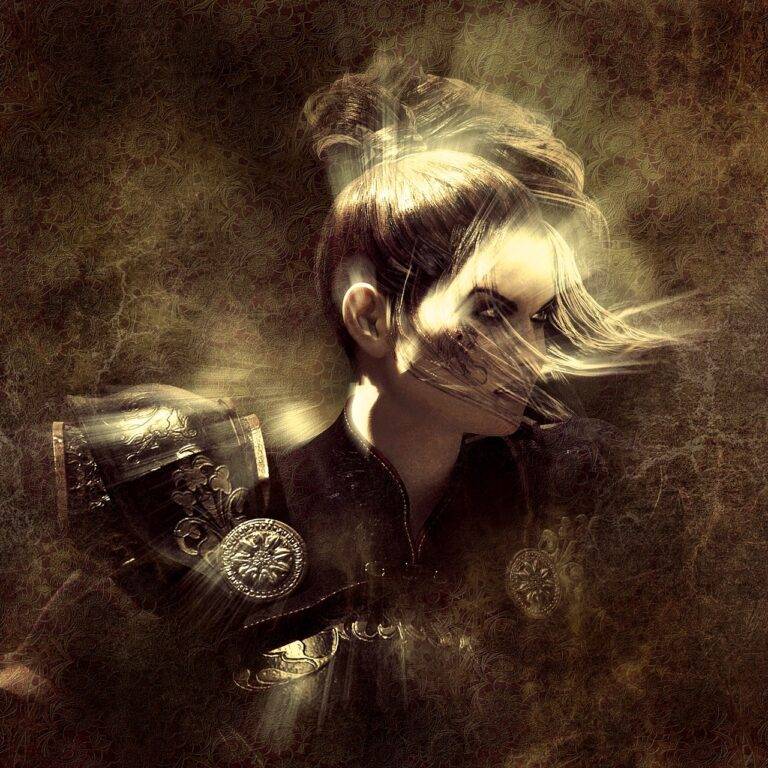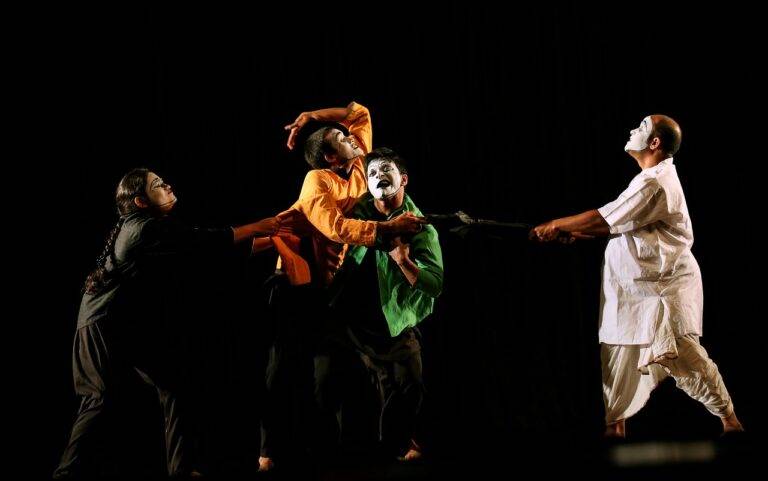Behind the Scenes of Concert Lighting Design: Creating Atmosphere and Drama
Lighting design plays a crucial role in enhancing the concert experience for audience members. The strategic use of lighting can create an atmosphere that complements the music being performed on stage, intensifying the emotional impact of the performance. By employing a variety of lighting techniques, designers have the ability to evoke different moods and enhance visual elements of the show.
Moreover, lighting can also guide the audience’s attention, drawing focus to certain aspects of the performance or enhancing the overall aesthetic appeal of the concert. From dynamic light shows that synchronize with the music to subtle spotlights that highlight key moments, lighting design adds an extra layer of depth to the concert experience. Ultimately, a well-executed lighting design can elevate a concert from a simple musical performance to a captivating and immersive sensory experience for the audience.
Understanding the Impact of Different Lighting Techniques on Audience Perception
Lighting plays a vital role in shaping the atmosphere of a concert and evoking emotional responses from the audience. Different lighting techniques can greatly influence how the audience perceives the performance on stage. For example, using vibrant colors and dynamic lighting effects can create an energetic and exciting ambiance, enhancing the overall concert experience for the viewers.
On the other hand, softer, dimmer lighting can convey a sense of intimacy and tranquility, making the audience feel more connected to the music being performed. By strategically adjusting the lighting throughout the concert, lighting designers have the power to guide the audience’s emotions and reactions, ultimately amplifying the impact of the performance on stage. The interplay between music and lighting is a delicate art form that can truly elevate a concert to new heights of sensory engagement.
How does lighting design contribute to enhancing the concert experience?
Lighting design plays a crucial role in setting the mood, creating visual interest, and highlighting key moments during a concert. It can enhance the overall atmosphere and help to engage the audience in a more immersive experience.
What are some common lighting techniques used in live performances?
Some common lighting techniques used in live performances include spotlights, wash lights, color-changing lights, strobe lights, and moving lights. Each of these techniques can be used to create different effects and evoke various emotions from the audience.
How can different lighting techniques affect audience perception?
Different lighting techniques can have a significant impact on audience perception. For example, bright, colorful lights can create a sense of excitement and energy, while dim, cool lights can evoke a more intimate or somber mood. The use of shadows and contrasts can also help to direct the audience’s focus and create dramatic effects.
What should event organizers consider when planning the lighting design for a concert?
Event organizers should consider the size and layout of the venue, the type of music or performance being presented, the desired atmosphere or mood, and the preferences of the performers when planning the lighting design for a concert. It is important to create a cohesive visual experience that complements the overall artistic vision of the event.





